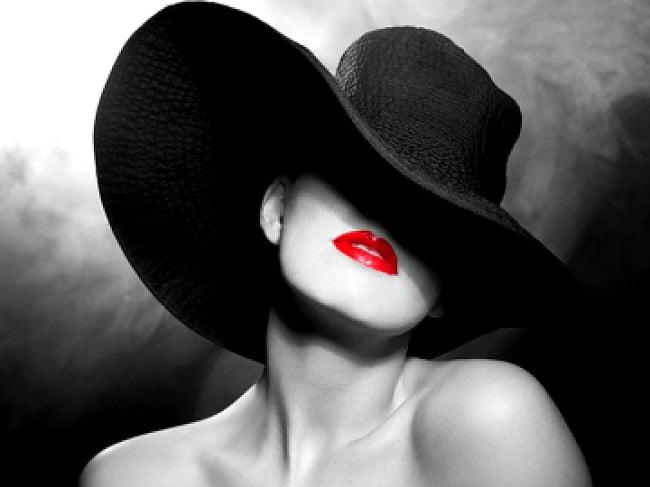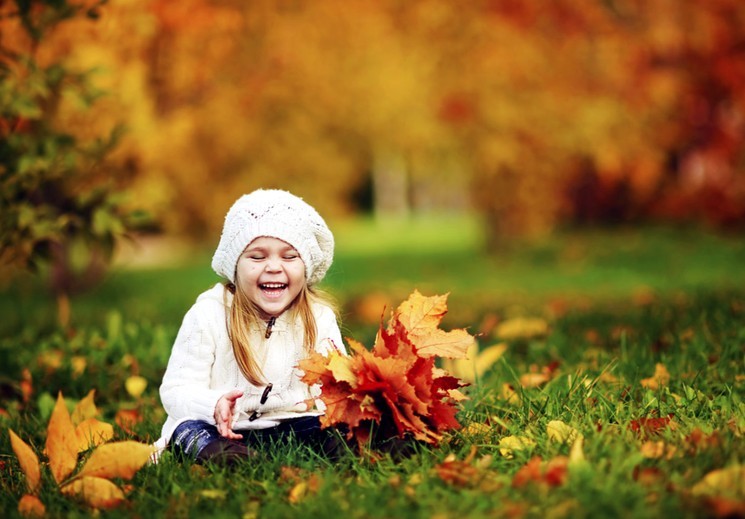From the moment when photography became a full-fledged art form and an independent type of fixed visual image, and to some extent took over the functions of painting and graphics, very difficult relations have been built between these art forms.
There are still disputes about how to reconcile them and whether it is necessary; how one affects the other; is it possible to use a photo when painting and how relevant painting is when comparing it with an artistic photo. In addition, many artists combine drawing and painting, combine these types of visual activity in different proportions and create unique works on the border of these areas. How tactful is this, what should a modern artist do, and what is common and different in painting and photography?
Painting – the older sister of photography, is not as simple as it seems.
In addition to a direct statement of the moment – an event, a character, a set of objects, and so on – it conveys the artist’s attitude to the depicted, shows exactly what the author himself wants to show, enhances, embellishes, emphasizes the most important thing that corresponds to the idea of the picture. And, if a photograph, even an artistic one, simply mechanically reproduces reality as it is, then painting reflects the idea.

It is created as an idea, which is involved in the form corresponding to this idea. At the same time, visual images are a help, they are interpreted by the artist at his own request and for certain purposes. In other words, if a photo transmits a plot (even if in a completely artistic form), mechanically reproduced, then painting is an idea demonstrated with the help of expressive artistic means. And the plot here is also just a tool.
Auxiliary parts
In the 19th century, photography served as an assistant for painting: in order to capture the right moment, details, or simply so that the model would not get tired, artists began to draw from a photo. Initially, these were daguerreotypes, later replaced by cheaper and more convenient long exposure black and white photographs.
This approach made it easier for artists to work from nature, but did not lead to redrawing – the photographs were black and white and the color scheme of the picture set the necessary creative component.
By the way, colorization of black-and-white photos with saturated colors was in demand at that time – it was a good income and experience for novice artists. Young Vrubel earned his first money by doing this.
But the painters quickly got bored with the mechanical transfer of a realistic image from photography to canvas. Artists at the turn of the 19th-20th centuries, in anticipation of the coming changes, tried to depict the rapidly changing world in new ways, snatching one moment out of their sequence.
And, unlike a static image in a photograph, painters began to convey in their paintings the swaying of the air, the change of objects and objects at the molecular level, they began to use the effects of a “blurry frame” (a premonition of instant photography), a dynamic image, using unusual compositional techniques and new artistic means (defocusing, fuzzy contour, interpenetration of all colors into each other, etc.). Of course, they were the Impressionists.
Modernity
Modern artistic reality also does not exclude the use of photography as an auxiliary means of the painter. There is also a mass of borderline and transitional art forms between painting and photography. Entire layers of various types of computer graphics, complex 2- and 3-dimensional illustrations, photo collages with subsequent drawing and processing in graphic editors, art objects and e-books – all these are symbiotic types of modern visual art.

Of course, simply copying a photograph in oil on canvas will not surprise anyone anymore – these artistic techniques and subtleties of the craft remained in the distant 19th century. From a modern artist, first of all, fresh ideas and original solutions are required, and it does not matter by what means they are executed.
Sometimes the difference between an artistic photograph processed in the editor and a painting and graphic work of an illustrator is not noticeable at all. Moreover, modern masters have learned to photographically accurately imitate not only the texture and materiality of objects and objects, but also to do it in virtual material (under watercolor, under oil painting, under engraving).
Also, the masters of art photography, before taking on a specific project, develop a series of ideas for a photo session in the format of quick compositional sketches, present and fix by graphic means the main parts, elements and the very structure of future shots.
Final part
Therefore, in the real artistic process, photography (digital, film, on retro devices) and traditional painting and graphics freely coexist both on their own, as separate, very different types of art, and in close unity, in a variety of types of visual products.
Therefore, each artist is free to choose by what means to express his ideas and thoughts in a visual form, and in what competencies and means. I would like to believe that technological progress only develops these ideas and is an original means for developing the thinking of the artist of the future.
